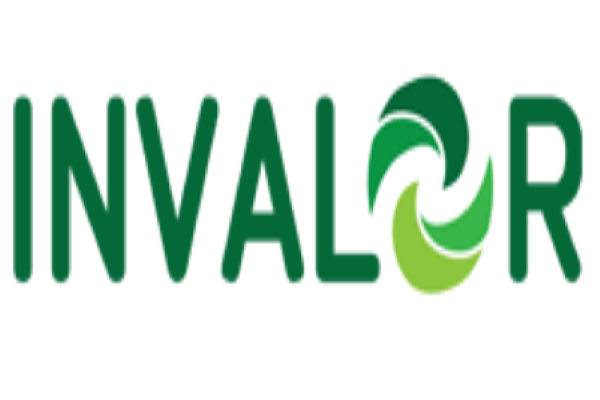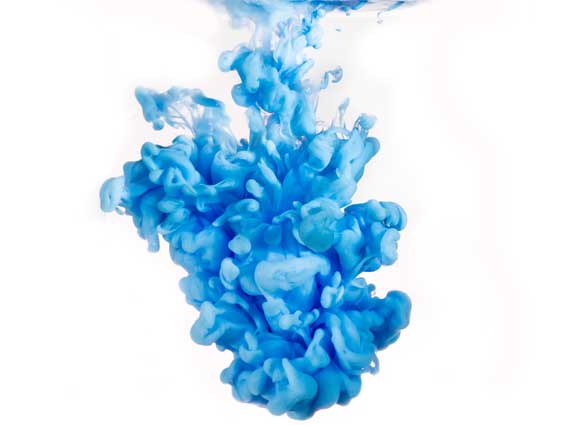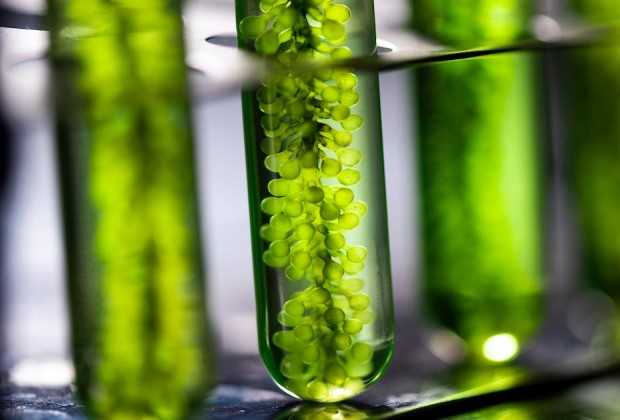

Research Infrastructure For Waste Valorization And Sustainable Management of Resources –INVALOR
Vision of INVALOR is the acquisition and use of knowledge through the promotion of science, information technology, education, training, as well as the establishment of a “society of knowledge” aiming at sustainable rise of employment and of national wealth, while protecting the ecosystem. The basic principle behind the infrastructure is that the by-products of industrial activities do not constitute ‘waste’ but processed raw materials and potential National/European Resources.
The main objective is to disseminate, encourage and support the implementation of mature research results in areas related to circular economy, the utilization of primary and waste biomass, as well as industrial, agro-industrial and municipal solid waste and by-products, for the production of new high added-value materials, second generation biofuels and energy.

Clean Integrated Nanotechnology for dyes removal from wastewaters – CLIENTDR
One of the most difficult tasks confronted by the wastewater treatment plants (WWTP) from dyeing industries is the incomplete removal of colour in effluent. This leads to the exceeding total nitrogen content in the effluent which is out of the limits imposed by the European regulations (Directive 2000/60/EC). Most conventional wastewater treatment technologies have significant drawbacks like long time processing, inability to remove the entire quantity of pollutant and the persistence of some residual materials.
Choosing the proper technique for dyes removal from wastewater depends on the matrix feature. In terms of efficiency liquid liquid extraction is a technical solution for dyes removal but it is expensive and requires additional chemicals. Advanced oxidation processes (AOPs) in order to remove organic compounds have become an emerging area of fundamental research.
By combining the two techniques, a faster (minutes), efficient, cost effective and environmental friendly technology is proposed. Alternatively, will be studied also the combination of AOPs techniques along with conventional (biological) methods.
The general objective of this project is to design, build and test a demonstrator module based on a Clean Integrated Nanotechnology for Dyes Removal (CLIENTDR) from WWTP effluents, originating from textile, food and leather dye industries to a level enabling its use in technological process according to enduser requirements or discharging in natural emissary.
The proposed solution for the quality refinement of the WWTP effluent is the use of a two step process, extraction and concentration of dyes in self assembling systems (microemulsions) followed by their degradation with AOPs or recovery.
The added value and novelty of the project idea evolved from:
- Dual functionality of CLIENTDR based on the extraction and concentration of dyes in self assembling systems (microemulsions) followed by their degradation tested by various AOPs or recovery.
- Use of nonionic surfactants: ability to form stable microemulsions independent of pH or electrolytes but only on temperature, comparing to ionic microemulsion. The reagents used are nontoxic chemicals, so CLIENTDR claims to be environmental friendly.
- Combination of conventional biological methods along with AOPs

Collagen – based composites obtained by pelt waste processing for smart biofertilisers – AGRO-SMARTGEL (INCOMERA)
The overall objective of the AGRO-SMARTGEL project is to design, manufacture and test a pilot demonstration unit for a "smart" bio-fertilizer using an innovative technology to convert waste into a collagen matrix with integrated micro / macro - molecules. The incorporation of micro / macro-molecules into the collagen matrix will yield functional products from the waste of the skin treatment industry to be used in agriculture as a controlled release bio-stimulant for plant growth.
The added value and innovation of the AGRO-SMARTGEL project mainly lies in the following aspects:
- Obtain collagen-based composites with built-in micro / macro - elements using tannery waste.
- development and characterization of functional products from the collagen matrix with encapsulated nutrients to obtain a "smart" biological fertilizer
- agrochemical testing of “smart” biomass in various soil and vegetable species, especially for the climatic conditions of Romania and Greece, with the prospect of expanding to a European scale.

Large scale cultivation of micro-algae and utilization of the biomass produced as alternative raw material in fish feed – AlgaFeed4Fish (AQUACULTURES, EPAnEK)
The objective of this project is to investigate and develop efficient microalgae biomass production methods and processes of the Nannochloropsis, Isochrysis and Hematococcus species in order to use their biomass after appropriate treatment as ingredient for high biological value fish feed production, in a laboratory scale and then transfer the know-how and apply it on a pilot scale to PLAGTON SA facilities.
PLAGTON SA is an active company on the aquaculture sector and will provide its facilities for pilot-scale experiments. The biomass produced will be processed by various methods such as chemical hydrolysis in acidic or alkaline environment, enzymatic hydrolysis or by the use of ultrasound. The cleavage of the cell walls of microalgae is necessary in order to increase the bioavailability of the nutrient and pigment contents. The microbial biomass will then be dried and incorporated at different rates into fish feeds used in sea bass feeding, partially replacing fish meal, which is an essential component of farmed fish.


